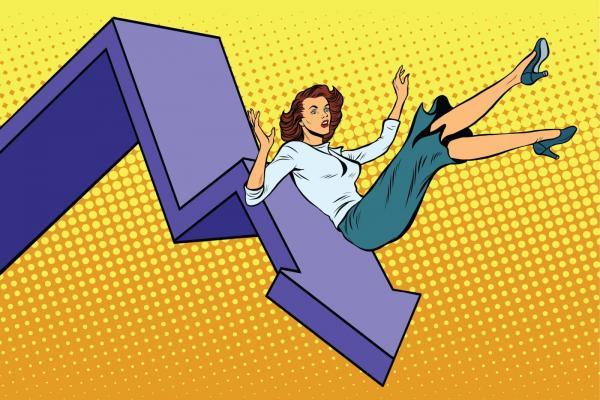Slippage: How to Get Your Desirable Price
Slippage is a term that is used frequently in finance and applies to Forex and stock markets. Slippage may either bring you loss or higher profit. Thus, it’s essential to know how it occurs and how to avoid its negative impact.
Slippage: Definition
The meaning of slippage is simple. Slippage is the difference between the price at which you desire to enter or exit the market, with the price at which the trade was executed. It can be positive and negative.
The negative slippage occurs when your trade is executed at a worse price for you. A positive one means you get a better price to open or close your position. Usually, execution speed is the primary trigger of the slippage. Any delays between the placement of the order and its execution may lead to a price change. At the same time, slippage may happen if you hold a position overnight or over the weekend when the market is closed, and unexpected events cause incredible price spikes.
Slippage is the difference between the expected price with the price at which the trade was executed.
Don’t confuse slippage with a spread. A spread is a difference between ask (sell) and bid (buy) prices that applies to any trade you open. The spread is the commission you pay to a Forex broker to open a position. You can calculate the spread ahead and choose the asset that has the smallest spread. As for the slippage, you can’t predict how much it will cost you and can barely forecast when it occurs. However, we will share the best tricks to predict slippage.
Why Slippage Happens
Let’s consider the reasons for slippage, which will help us to build a strong strategy on how to avoid it.
High Volatility
The first and primary reason for slippage is high volatility. There is always volatility in the market; it’s either low or high. In times of high volatility, the price changes so fast that the price you require can’t be fulfilled by the market.
A reliable broker, such as Libertex, should provide quick order execution to limit the slippage size. Economic events, unexpected news, and rumors are always a trigger of high volatility. The economic events are mentioned in the economic calendar. Nevertheless, it’s not easy to accurately predict their effect. The situation becomes more difficult when the event is not in the economic calendar.
Have a look at an example that happened on March 9, 2020. March 9 is called Black Monday due to the enormous stock market sell-off caused by the spread of the coronavirus pandemic and the Russia-Saudi Arabia oil price war. Although Black Monday affected the stock market more, currency pairs were under pressure as well.
Take a look at the EUR/USD pair, where long shadows signal high volatility. 
The price moved very fast, so there would be a vast price gap between the time when you placed an order, and when an authority executed it.
Low Liquidity
High liquidity means many active market participants are ready to fulfill your trade. If you are a seller, they are prepared to buy at the price you establish. If you are a buyer, they are ready to sell at the price you want. Low liquidity occurs when there are not enough market participants who are prepared to offer the price you expect.
So, there is a significant time lag between the moment when you placed an order and the time when a buyer or seller was found. It mostly relates to unusual assets that are not too popular among market participants.
Large Order
Another reason that appears less frequently but is worth mentioning is large orders. Slippage happens if you place a large order, but there is no interest in filling it at the desired price level.
Why to trade with Libertex?
- access to a demo account free of charge
- technical assistance to the operator 5 days a week, 24 hours a day
- leverage up to 1:500
- operate on a platform for any device: Libertex and Metatrader 4 and 5
- no commissions for extractions in Latin America




